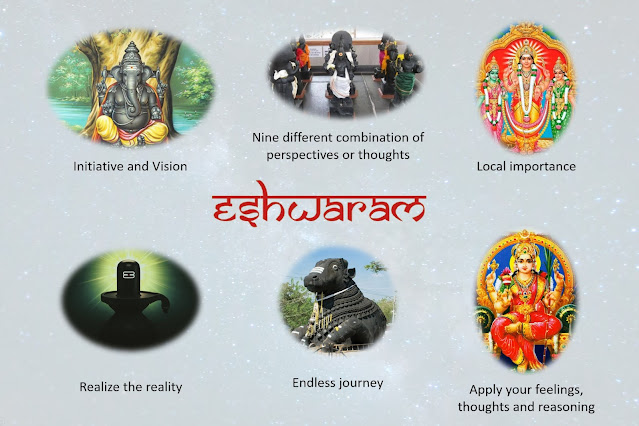Pradhosham

Pradhosham The term "Pradhosham," derived from "Paradhosham" (meaning "spread duration"), signifies a unique period where the pervasive presence of Eshwara, the divine, is felt throughout the universe. It's a time when the veil between the material and spiritual worlds thins, allowing for a deeper connection to the universal consciousness, also known as parabrahmam or agandarupam. Pradhosham can be likened to a state of deep meditation or silence, symbolizing the essence of existence devoid of material distractions. It offers an opportunity to attain heightened awareness, to seek the ultimate reality beyond the confines of the physical world. During this auspicious time, individuals are encouraged to turn inward, to connect with their inner selves and experience the divine presence that permeates all creation. It's a time for reflection, introspection, and spiritual awakening, a chance to transcend the limitations of the material world and glimps...









